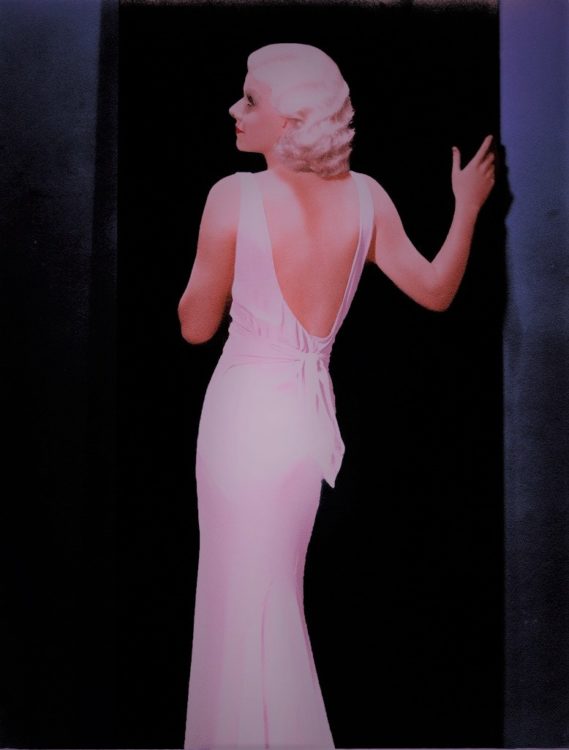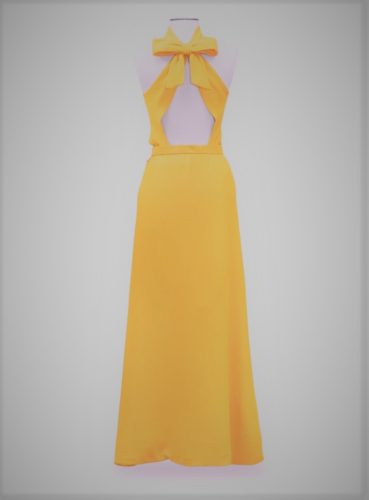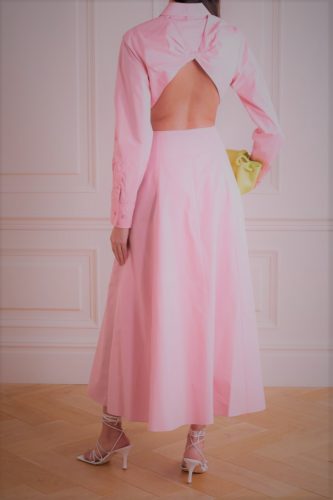Spring/Summers can sometimes be uncomfortably hot. It can be challenging to get garments created with suitable fabrics to keep you cool yet elegant.
But how to look elegantly feminine in daywear by not going overboard trying it too hard.
Particular designers cover both. One of them is Nina Ricci! Her designs are simple yet elegant. And that is what you need even for the hot spring/summers.
What to look for if you don’t want to go wrong with your daywear during spring/summer
The most important thing to look for when purchasing a garment for this season is the fabric. Fabrics are so essential; you don’t want to sweat out in your beautiful dress. But you also don’t want to show all of your business in your see-through dress.
In any event, you don’t want your dress is wearing you, instead of the other way around.
The best fabrics to choose from during spring/summers are chiffons, silk, cotton, linen, lightweight viscose and jerseys. In these fabrics, you can look exceptionally elegant and feminine by not pushing it too hard.
And secondly the design!! This, is sometimes overlooked, but it is just as important as the fabric itself.
In the 1930s, designers as; Elsa Schiaparelli, Madeleine Voinnet,
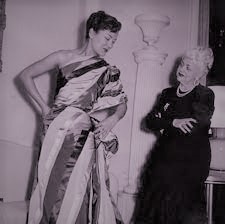
Nina Ricci (Maria Neilli)
Were known for their cutting techniques, bias and draping silhouettes.
These designers/couturiers understand what to do to emphasise a women’s body to its best.
How to get inspired by the 30ths feminine, romantic style for your wardrobe
I choose the 30s to inspire you to look effortless feminine during the spring/summer season. In the 1930ths, it was all about Hollywood glamour. And alongside there was the French haute couture.
Therefore Parisian couturiers had the luxury to design for both glamour and couture.
However, they thought differently about Hollywood glamour and the elitist fashion of the Parisians. Yet, they had to work together.
And it works out!
Designing glamourous, romantic gowns for Hollywood stars, like Jean Harlow, Joan Crawford and many more, was priveledges for these couturiers.
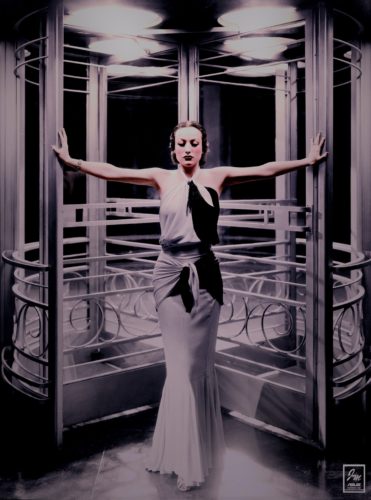
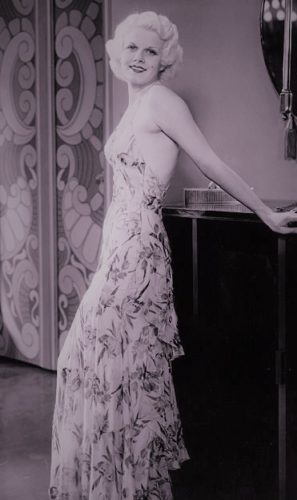
Seeing these famous actresses hit The Silver Screen in their exceptional gowns looking uttermost feminine and elegant.
“Ordinary” woman wanted the look of these famous actresses. What I can understand, every woman wants to look unexceptionally elegant in their own way.
The difference between style and fashion is quality
Giorgio Armani Tweet
How 1930s designers respond to the demand for elegant gowns
Designers act on the demand of these women. A commercial business model has born. They start to create ready to wear collections for warehouses or even open boutiques for their own.
They copied the designs of famous Hollywood stars for the upcoming middle-class woman.
At that time, a gown was priceless.
It was a week’s salary for these ladies, but they wanted it so badly.
They tried to gain that same experience and feel feminine and elegant, such as “Joan Crawford”.
These ready to wear creations were very simplistic. Less embroideries and embellishments, which was popular in the twenties.
It was more of “Let the fabric speak to itself”.
In the 1930s, the backless dress was introduced. What was a “big” thing in that phase since the 20s was more moderate in showing parts of the female figure.
In the 1930s, fashion designers, couturiers emphasise feminine shapes.
They were using lots of lightweight fabrics to initiate that glamorous aesthetic effect for these middle-class ladies.
How to incorporate the 30ths feminine sophisticated style in your spring summer wardrobe
If you think of the 1930s, it’s all about simplicity, elegance and convenience. And that is yet what we want in our “busy” life.
So I choose the “fashion” style of Nina Ricci because she could make a woman feel so feminine with her designs.
What I like about Nina Ricci style is that she creates subtle, refined with such simplicity. She uses “practical” fabrics, like linen or chiffon and created luxury yet classic designs.
Her style gives you that romantic, feminine feeling.
She was technically skilled. Her bias cutting follows the feminine contours, yet she was a magician with prints.
She created halternecks and backless dresses without going too tacky.
And you’ll still find backless designs by Nina Ricci. See this Pink cotton poplin, silk-blend dress.
When dressing for your body shape, this dress shouldn’t be pinching on the back and the waist.
The dress must follow the body of a woman, not the body following the shape of the dress.
Hubert Givenchy Tweet
Feminine, classy dresses perfectly for Spring/Summer
To embrace the femininity within us as women, I only mention elegant, classic dresses
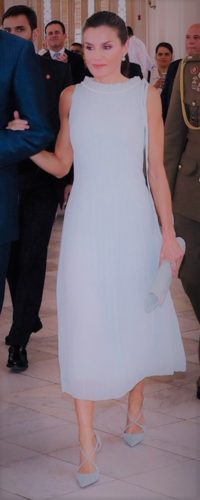
Both sexes can wear trousers, but only a woman can wear a dress. So why not wear this often.
The flowy dress
Because you don’t want to wear tight clothes when it’s hot weather.
Because you want to feel feminine in a romantic way.
Think about the chilly spring summer evenings
Dress in clothes in such a way that you are prepared for temperature fluctuations from day to evening. We ladies don’t want to look like a frozen bird, which isn’t elegant.
Conclusion
In the 1930ths, it is all about embracing and emphasising the feminine body by creating luxurious designs with practical fabrics.
Nina Ricca was one of the designers who created elegant yet classic designs. Women immediately felt feminine when wearing her dresses.
To get inspired, how to look elegantly feminine, just go to the 30ths. It was all about Hollywood glamour and French haute couture.
Are their designers from the 1930ths who inspired you on your feminine style journey? Or do you already have a designer that inspired you to shape your style?

